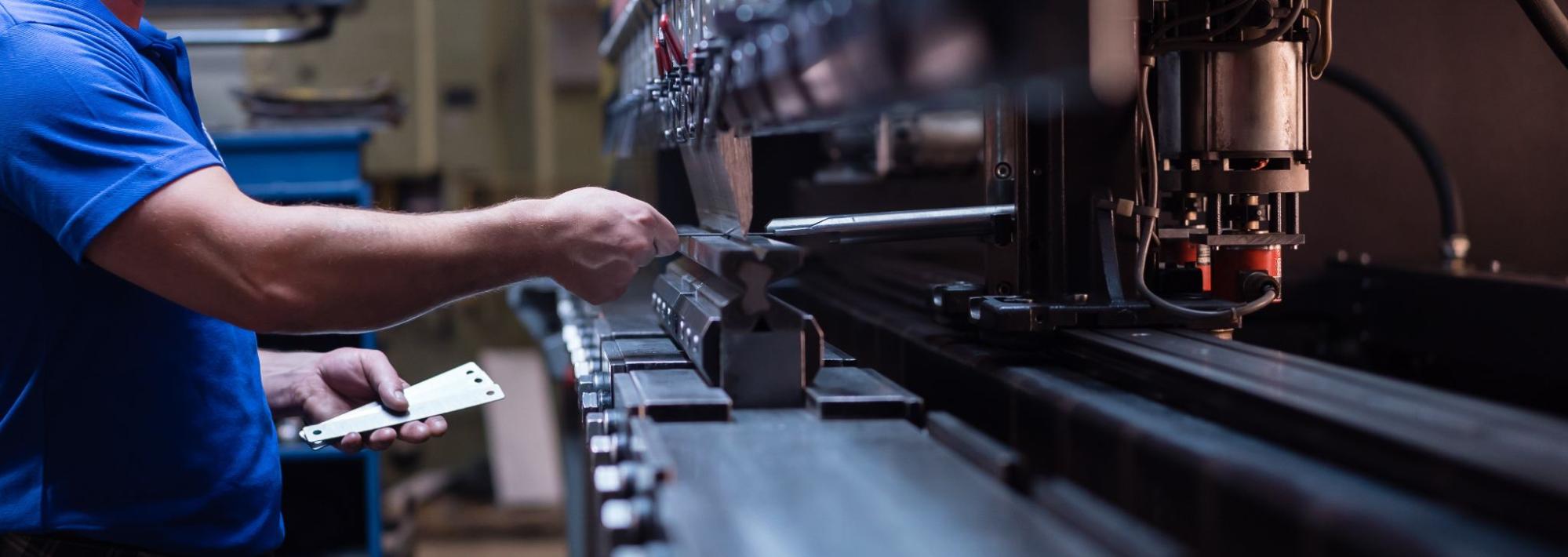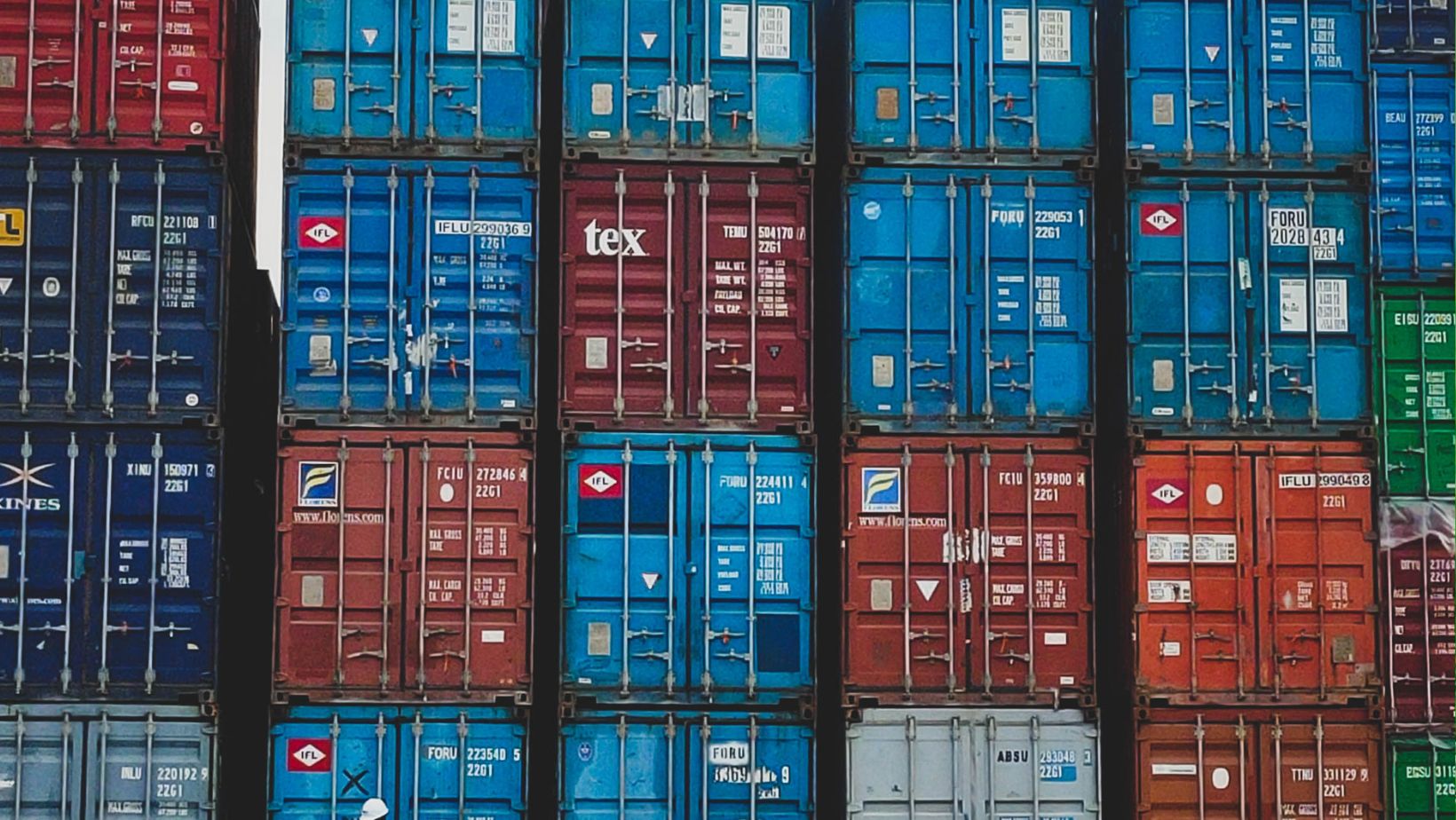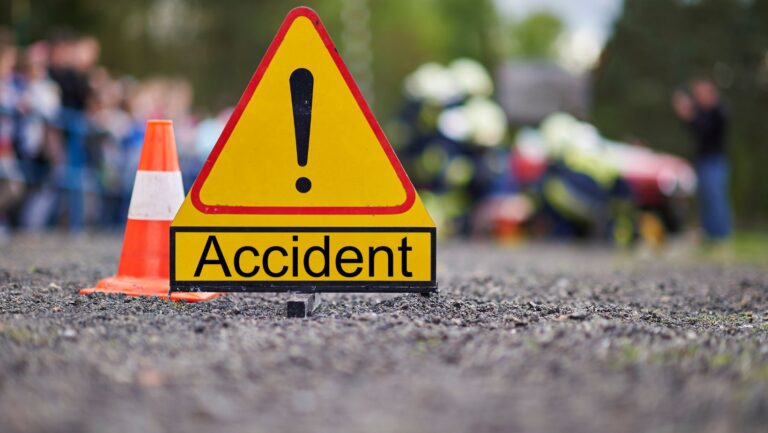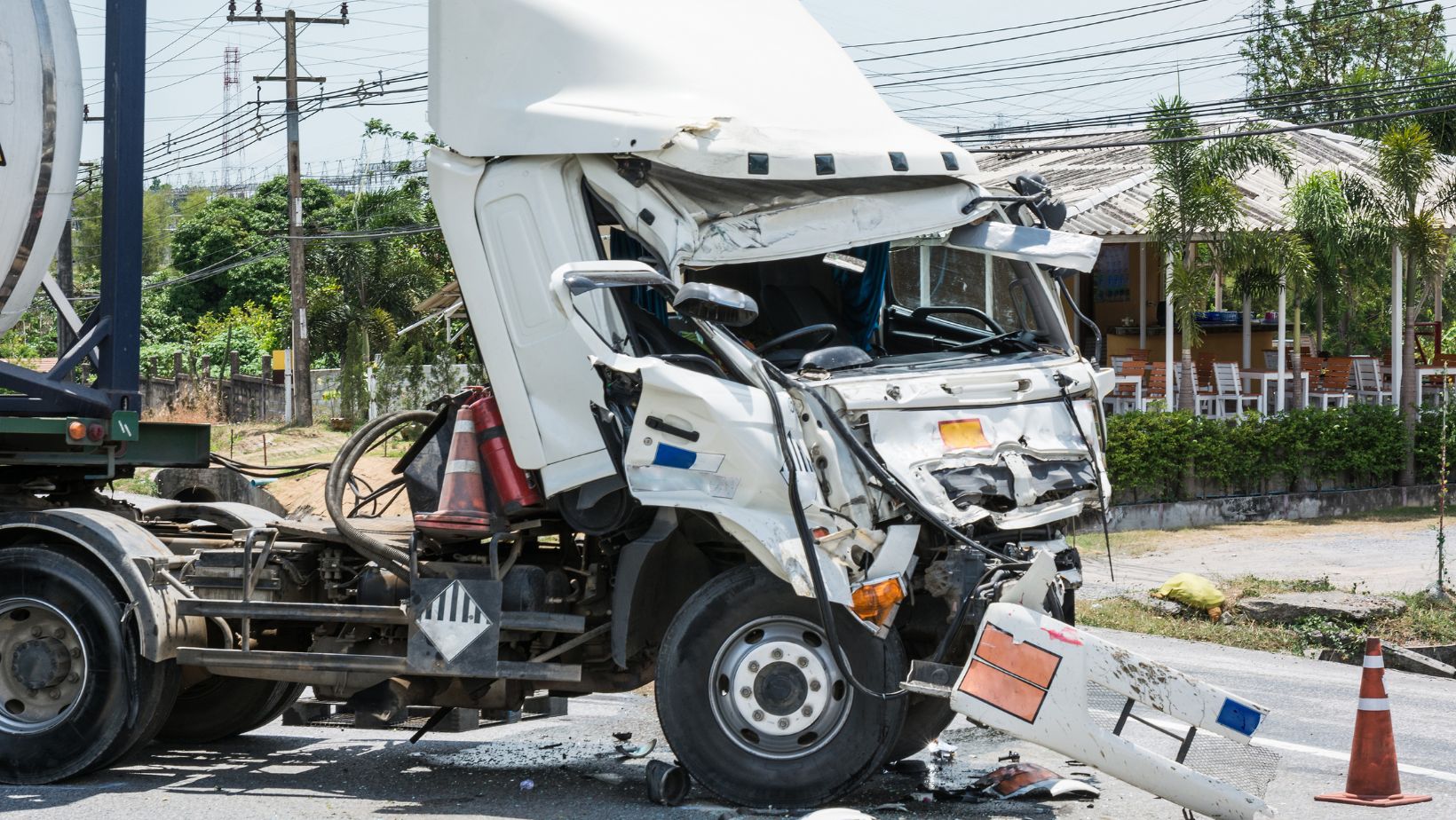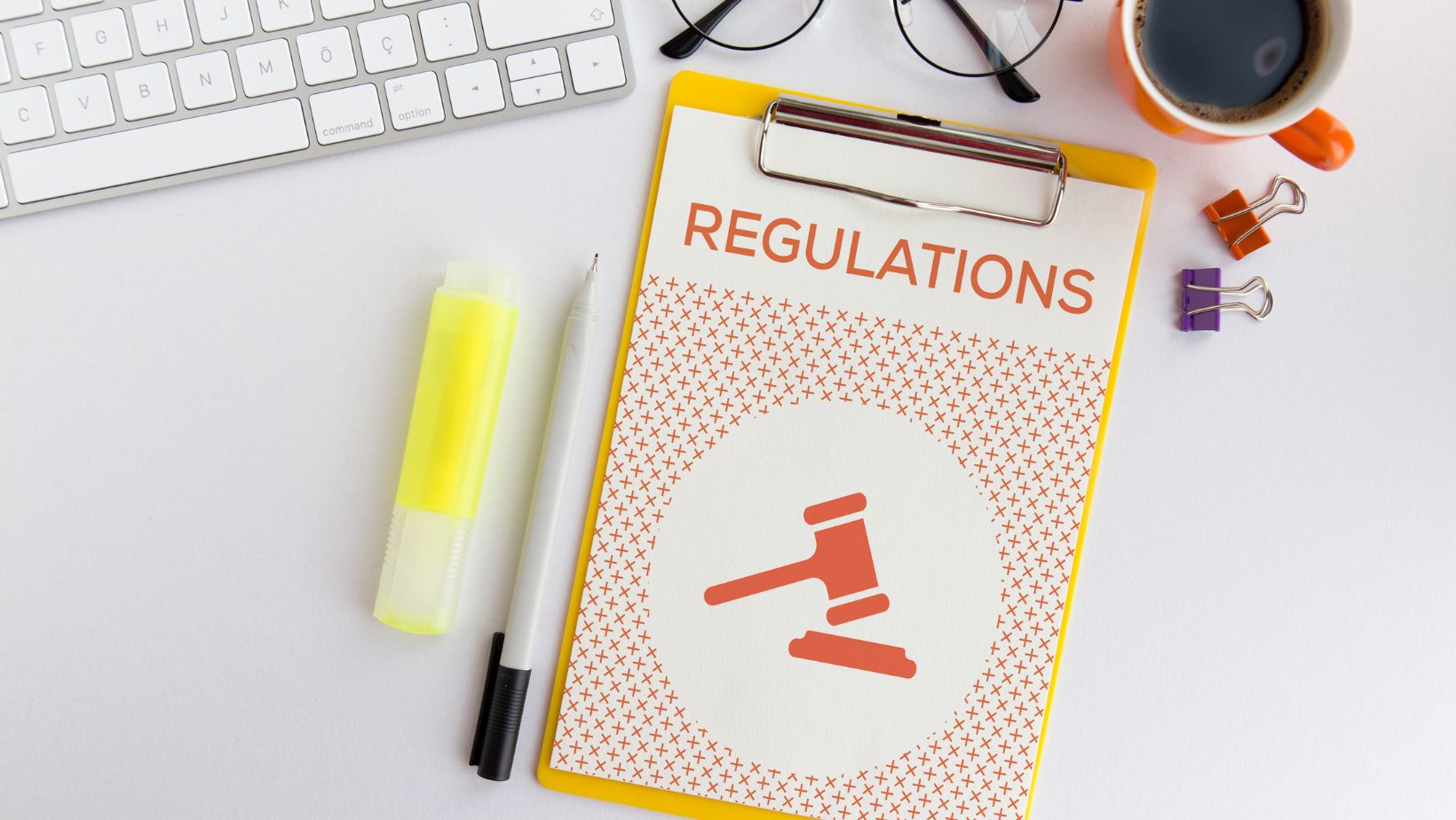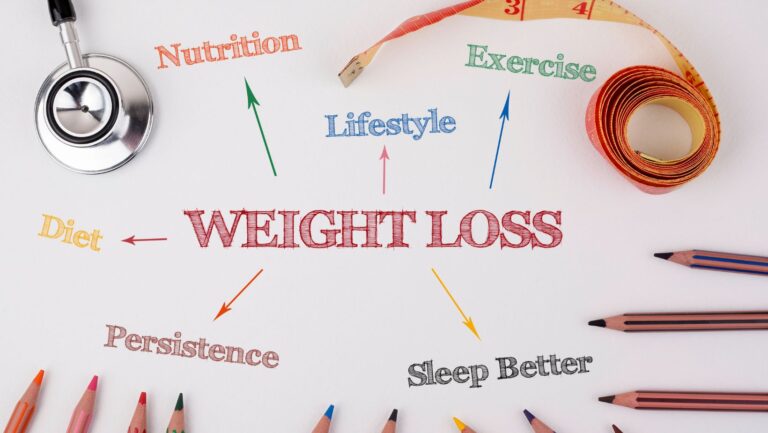As Dubai enters 2025, its real estate market is booming with new prospects, and the city’s skyline never fails to astound. With its eco-friendly projects and record-breaking investments, Dubai is emerging as the world’s center for futuristic living. Let’s take a look at the trends that will redefine Dubai’s real estate industry in the upcoming year.
It’s Hard to Ignore Market Growth
This year, experts predict a sharp increase in Dubai’s real estate prices and transaction volumes. In addition to a 10–15% gain in property values, analysts predict a 20–30% increase in sales activity. Wondering why this upsurge is happening? Well, Dubai’s steady appeal to foreign investors, its tax-free incentives, and a robust economy that boosts confidence in the real estate Dubai market are the main causes. The ripple effect? Developers and buyers are stepping up to claim their piece of the pie.
A Wave of New Properties
It was predicted that by 2025 the city will generate about 76,000 units that are residential, while another 100,000 are expected within the year – this includes developments such as luxury villas, modern apartments, and mixed-use communities— and each caters to the city’s diverse population of residents and investors. The result? Both first-time buyers and seasoned investors can find something within this massive influx- that’s guaranteed!
High-End Living Takes the Spotlight
The headlines are still dominated by the luxury market. Also, Dubai’s luxury properties remain competitively priced compared to other global cities and this attracts elite buyers from across the globe. According to reports, real estate values in these communities have risen by about 20%, enhancing Dubai’s standing as a haven for wealthy people.
The Conceptualization of Sustainability as the New Status Quo
Today sustainability does not mean the same thing as it was an overused word in the past few years. Many developers in the real estate world are incorporating environmentally sensitive designs from structures to home power, such as solar powering, water recycling and many more. Today’s buyers therefore prefer property that suits their environmentally conscious personality. This is possible in the light of Dubai Green Building Regulations and other practices, such as The Sustainable City, to show that the Emirate is indeed practicing what it preaches.
Communities Driven by Technology and Smart Homes
Dubai’s real estate industry reflects the city’s longstanding leadership in innovation. It is increasingly common to find smart houses with cutting-edge technology like voice-activated lighting, AI-powered climate controls, and cutting-edge security. Additionally, developers are creating “smart communities” with integrated systems that facilitate easy, convenient, and energy-efficient daily living.
Foreign Investors Continue to Arrive
Dubai’s lifestyle appeal and investor-friendly rules continue to draw in purchasers from Asia, Europe, and beyond.
Dubai’s reputation as a real estate destination is further supported by the recent relaxation of residence and business ownership regulations as well as prospects in the travel, trade, and technology industries.
Communities Worth Watching
Major hotspots are emerging in neighborhoods including Emaar South, The Valley, and Dubai Creek Harbour. They provide access to family-friendly amenities, contemporary infrastructure, and competitive pricing. For those looking for value without sacrificing quality of life, these emerging neighborhoods are ideal.
A Resilient Rental Market
Rental properties are holding their ground, offering attractive yields of around 7%. Key areas like Dubai Marina and Business Bay remain tenant favorites, thanks to their vibrant lifestyles and connectivity. With new professionals and expatriates arriving daily, the rental market remains an equally exciting segment to explore.
Challenges Looming Over the Horizon
While the prospects look bright, the market isn’t entirely immune to challenges. Fluctuations in the global economy and geopolitical uncertainties could slow momentum. Additionally, as supply increases, there may be concerns about potential oversaturation. However, Dubai’s well-regulated property market and strategic long-term plans are expected to minimize such risks.
Looking Ahead
In 2025, Dubai’s real estate market has a bright future – it is indeed one of the most interesting marketplaces in the world because of its capacity to perfectly blend luxury, innovation, and sustainability so it offers plenty of options for tenants, homeowners, and investors.
Dubai (again) demonstrates that creating a vibrant, international metropolis of the future is more important than simply erecting skyscrapers.








